Help with water softener!
hendypurnomo
10 years ago
Related Stories
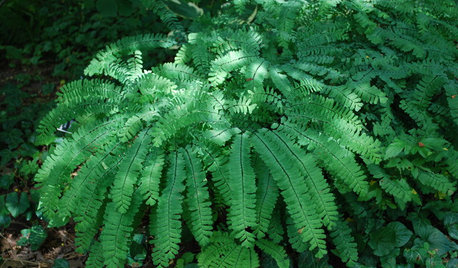
GARDENING GUIDESGreat Design Plant: Northern Maidenhair Fern Softens Shade Gardens
Stir up some romance in dark corners with the billowy fronds of native Adiantum pedatum
Full Story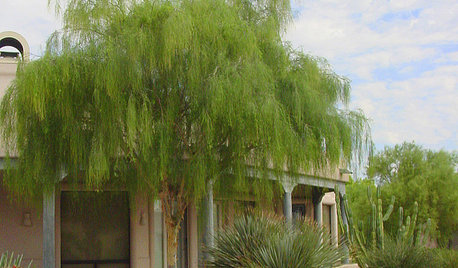
GARDENING GUIDESGreat Design Plant: Palo Blanco Softens Sharp Desert Angles
Willowy foliage and creamy white bark give this tree a delicate beauty, but its constitution is tough
Full Story
GARDENING GUIDES8 Unthirsty Plants Help You Save Water in Style
Spend less effort and money on your landscape with drought-tolerant and native plants that liven up your yard
Full Story
COLORPick-a-Paint Help: How to Quit Procrastinating on Color Choice
If you're up to your ears in paint chips but no further to pinning down a hue, our new 3-part series is for you
Full Story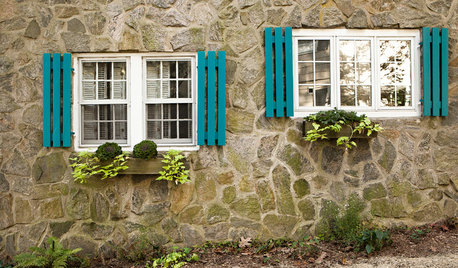
COLORPick-a-Paint Help: 11 Ways to Mine Your World for Colors
Color, color everywhere. Discover the paint palettes that are there for the taking in nature, shops and anywhere else you roam
Full Story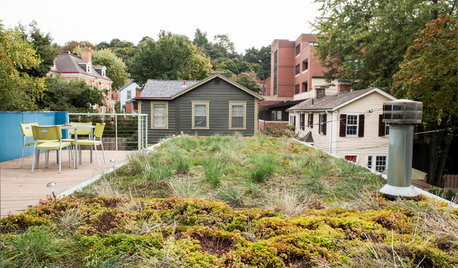
GREEN BUILDING4 Ways Green Roofs Help Manage Stormwater
See how a living roof of any size can have a big impact
Full Story
SAVING WATER11 Ways to Save Water at Home
Whether you live in a drought-stricken area or just want to help preserve a precious resource, here are things you can do to use less water
Full Story
PRODUCT PICKSGuest Picks: Help Your Home Blossom With Floral Decor
Sprinkle hints of spring around your rooms with fabrics, wall coverings and more that recall nature's charms
Full Story
ORGANIZINGDo It for the Kids! A Few Routines Help a Home Run More Smoothly
Not a Naturally Organized person? These tips can help you tackle the onslaught of papers, meals, laundry — and even help you find your keys
Full Story






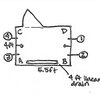

User
hendypurnomoOriginal Author
Related Professionals
Livingston Handyman · Eagle Mountain Kitchen & Bathroom Remodelers · East Tulare County Kitchen & Bathroom Remodelers · Forest Hill Kitchen & Bathroom Remodelers · Chandler Kitchen & Bathroom Remodelers · Deerfield Beach Kitchen & Bathroom Remodelers · Eureka Kitchen & Bathroom Remodelers · Fairland Kitchen & Bathroom Remodelers · Independence Kitchen & Bathroom Remodelers · Las Vegas Kitchen & Bathroom Remodelers · Panama City Kitchen & Bathroom Remodelers · Phoenix Kitchen & Bathroom Remodelers · Port Charlotte Kitchen & Bathroom Remodelers · Republic Kitchen & Bathroom Remodelers · Toms River Kitchen & Bathroom RemodelershendypurnomoOriginal Author
hendypurnomoOriginal Author
User
hendypurnomoOriginal Author
User
hendypurnomoOriginal Author
User
User
hendypurnomoOriginal Author
hendypurnomoOriginal Author
User
hendypurnomoOriginal Author
hendypurnomoOriginal Author
User
hendypurnomoOriginal Author
User
hendypurnomoOriginal Author
User
hendypurnomoOriginal Author
User